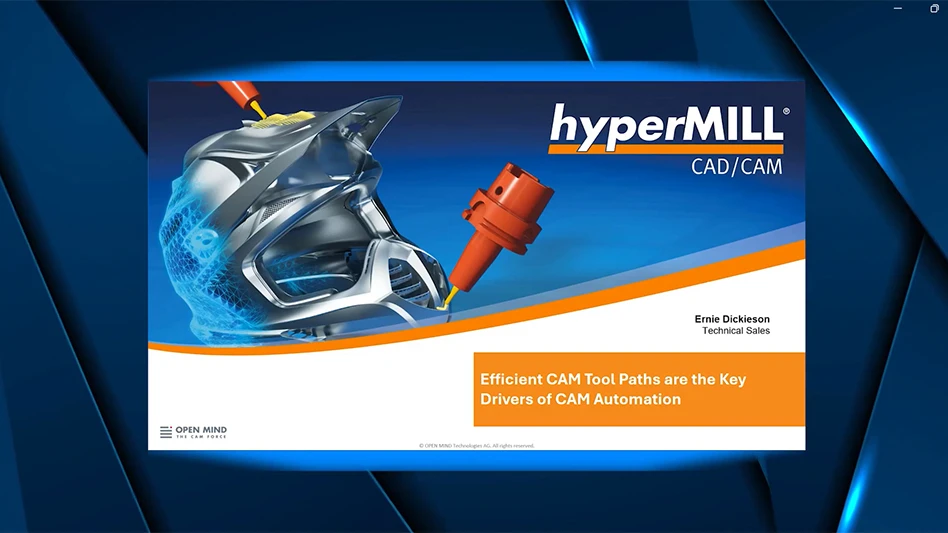 Manufacturers share a vexing and important problem. They have difficulty integrating software with hardware in product development. The truth is that too few companies do this well. Engineering and product introduction costs are often high and product deliveries excessively slow. Companies struggle with integration because they use separate processes to coordinate product development. For instance, a company’s hardware engineering group typically uses Product Lifecycle Management (PLM) tools to manage the physical design, whereas engineering groups employ Application Lifecycle Management (ALM) tools to manage software inside the product.
Manufacturers share a vexing and important problem. They have difficulty integrating software with hardware in product development. The truth is that too few companies do this well. Engineering and product introduction costs are often high and product deliveries excessively slow. Companies struggle with integration because they use separate processes to coordinate product development. For instance, a company’s hardware engineering group typically uses Product Lifecycle Management (PLM) tools to manage the physical design, whereas engineering groups employ Application Lifecycle Management (ALM) tools to manage software inside the product.
Why does this integration matter? In a word, money. Research and development investments for high-tech companies, which include product development, can represent 20% of revenues annually, according to Accenture research. Late product launches can cost a high-tech firm 10% of its profits over multiple years. Overcoming integration challenges, especially to accelerate product development and reduce product defects, is critical.
The big challenge is that PLM and ALM tools are fundamentally different. PLM uses hardware tools for product development processes such as engineering, supply chain management, manufacturing, services, and marketing. ALM harnesses software tools within PLM processes to manage product features, test cases and results, perform configuration management, and correct software defects.
Manual processes cause errors
Because of these differences, a manual and difficult-to-track process is used to reconcile data for a complete product across disciplines such as requirements, test cases, defects, and change orders. It is difficult to synchronize design information and configurations, and that leads to errors in product development.
New survey results underscore these integration problems. Nearly two-thirds (65%) of aerospace and defense executives admitted they face challenges integrating hardware and software. More than four-fifths (81%) said ALM capabilities are important and three-fourths (75%) said integrating these capabilities with PLM is important. More than half (55%) are trying to enhance software and application lifecycle management within their PLM systems.
With integration so crucial, it is important for manufacturers to blend processes and tools for managing software and hardware development into a process known as unified ALM-PLM. By doing so, they will accelerate product deliveries, enhance communications across product teams, and boost research and development efficiency. These ideas are conveyed in an Accenture report called “Maximizing the Return on Your Billion Dollar Research and Development Investments: Unified ALM/PLM Investments.”
This unified approach blends strengths of ALM and PLM tools. ALM strengths include managing product requirements and features, test results, and software defects. PLM strengths consist of managing product changes, configurations, and compliance.
How unified ALM-PLM works
This unified approach makes it possible for steps unique to hardware or software development to proceed independently. However, at certain stages such as during the requirements phase, integration becomes important. As hardware and software coalesce in a product, manufacturers should coordinate the process using an integrated bill of materials that captures hardware and software information.
One of the most noteworthy benefits of PLM is the rise in research and development investments aimed at improving management of defects and enhancements. Defects have generally been tracked better in the software industry than in the hardware industry. Using ALM processes can ensure compatibility of releases between software and hardware and provide consistent status tracking, which can generate better product planning.
Unified ALM/PLM offers key capabilities:
1. A common data model – Unified ALM-PLM defines a common data model and change management processes for managing an entire system – both hardware and software data – without duplicating data management or business processes across those systems. The two primary integration points are, first, tying back the requirements to the software and hardware bill of materials and, second, linking defects back to change requests and change orders so PLM can reflect them.
2. Management of hardware and software requirements – Unified ALM-PLM tracks and manages the complete integrated hardware and software product requirements from the original product concept through design, testing, and validation.
3. Consistent defect and change management – A single process for product defect management and change management across hardware and software enables better product tracking and management.
4. A framework independent of a tool or platform – The framework of Unified ALM-PLM can be implemented on many kinds of systems from different vendors. This is because the standard data model and processes can be adapted to fit multiple technology environments.
Accenture
www.accenture.com
About the author: Kevin Prendeville is a managing director with Accenture’s Product Lifecycle Services group. He can be reached at 877.889.9009 or kevin.p.prendeville@accenture.com.

Explore the June 2014 Issue
Check out more from this issue and find your next story to read.
Latest from Aerospace Manufacturing and Design
- Piper Aircraft receives its largest ever domestic trainer order
- Miniature, high force-to-size linear voice coil servo motor
- MagniX, Robinson to develop battery electric R66 helicopter
- Zero-point clamping modules
- Hartzell electric engine propeller earns FAA approval for AAM
- Thin profile flame and thermal barrier
- Guill Labs offer materials and extrusion testing
- High production vertical honing systems





